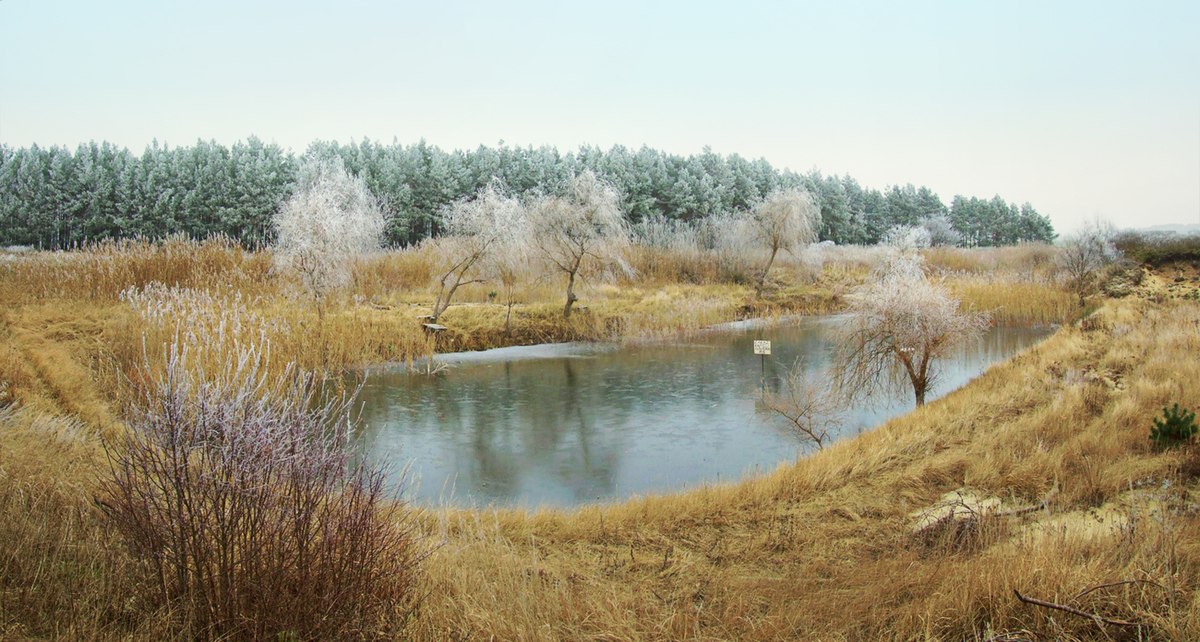Ponds-Natural Beauty
Ponds-Natural Beauty:
A pond is an area filled with water, either it is natural or artificial, that is usually smaller than the Lake . sometimes It may arise naturally in floodplains as a part of a river system, or be as a somewhat isolated depression (such as a kettle or prairie pothole). It may contain shallow water with marsh ,bacteria and aquatic plants and animals.

Factors impacting the type of lifes found in a pond include depth and duration of water level, nutrient level, shade, presence or absence of inlets and outlets, effects of grazing animals, and salinity.
Most Ponds are frequently man-made, or expanded beyond their original depth and bounds. Among their many uses of ponds , they provide water for agriculture and livestock, aid in habitat restoration, serve as fish hatcheries, are components of landscape architecture, may store thermal energy as solar ponds and treat wastewater as treatment ponds.
Ponds are characteristically categorized separately from flowing watercourses such as brooks, creeks, streams or rivers. Ponds may be are fresh, saltwater, or brackish.

Formation:
Ponds can result from a wide range of natural processes. Any depression in the ground which collects and retains a sufficient amount of water can be considered a pond, and such depressions can be formed by a variety of geological and ecological events(processes). Rivers often leave behind ponds in natural floodplains after spring flooding, and these can be very important in breeding fish, particularly in large river systems like the Amazon.
Retreating glaciers can leave behind landscapes filled with small depressions, each develop itself into its own pond; an example is the Prairie Pothole Region of North America. Many areas of landscape contain small depressions which form temporary ponds after spring snow melts, or during rainy seasons; these are called vernal ponds, and may be important sites for amphibian breeding. Some ponds are created by animals. Beaver ponds are the best-known example, but alligators also excavate ponds as well. In landscapes with organic soils, fires can also create depressions during periods of drought; these become open water when normal water levels return.
Uses:
Ponds are used for the provision of fish and other wildlife including waterfowl, which is a source of food for humans. Pollutants entering ponds are often substantially mitigated by the natural sedimentation and biological activities within the water body. Ponds are also a major contributor to local ecosystem richness and diversity for both plants and animals.
In Medieval times in Europe it was typical for many monastery and castles (small, partly self-sufficient communities) to have fish ponds These are still common in Europe and in East Asia(notably Japan), where Koi may be kept.
Waste stabilization ponds was are used as a low-cost method for wastewater treatment.
In agriculture, treatment ponds may reduce nutrients released downstream from the pond. They may also provide irrigation reservoirs at times of drought.

Very nice..good post
ReplyDeleteits amazing, nice sharing, thanks
ReplyDeleteNice post.
ReplyDeleteGood job
ReplyDelete